Diagnosing Automatic Transmission Problems (Giveaway)
22nd Mar 2016
Whether the transmission on your car is automatic or manual, extended use (or misuse) will eventually cause problems. As with most of the internal parts of a car, the transmission is constantly in motion. Even the best lubricant cannot protect a car’s moving parts from the eventual wear and tear that comes as a result of both normal and abnormal operation. Transmission problems can occur at any time on a vehicle, but become increasingly more common as your vehicle gets older. Because a transmission is a complex piece of machinery, there are many things that can go wrong. Understanding transmission problems symptoms will help avoid major, and potentially catastrophic, problems further down the road. Thankfully, transmission problems are sometimes fairly easy to spot and, with the right tools, can diagnosed before they result in something even worse.
Your car’s transmission is an important piece of technology. The transmission in your car is the gearbox that controls the speed ratios within your car as well as the torque (or force) that your engine provides. You may find that many mechanics and auto shops place a heavy emphasis on diagnosing and fixing transmissions. This is because of just how important a working transmission is to your safety while driving. The transmission is what determines how fast or slow your car will move when place your foot down on the gas pedal, and works by converting the high RPMs produced by a combustion engine into the lower RPMs that a car’s wheels utilize. Transmission failures can cause any number of problems with this conversion, but ultimately, a transmission that is not working properly will cause the driver to have less control over their speed or even their ability to control their car. Any driver can understand why this could quickly become a problem.
Fluid-Related Problems
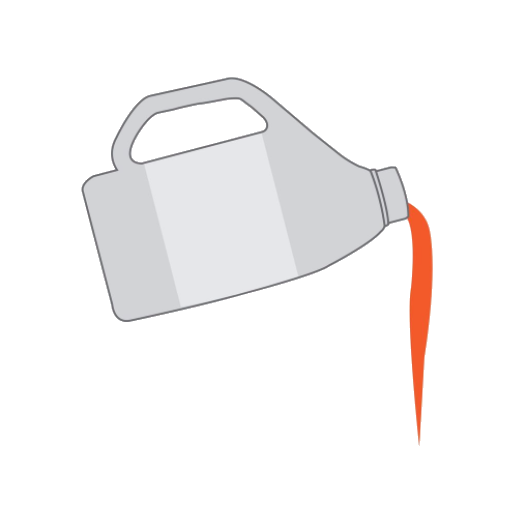 Transmission problems diagnosis starts with understanding symptoms
common with a transmission. Some of the most common transmission problems start
with the fluid.
Transmission
fluid
is what keeps the gear parts lubricated and helps to prevent the
wear and tear on these metal parts. Problems will arise as a result of too
little fluid, too much fluid, leaking fluid, or old and dirty fluid. Many car
makers have even begun to put
manufacturer
locks on the transmission
of the car. This is due to the ease with which
many car owners were completely ruining their transmission by using the wrong
fluid or putting in too much fluid. As transmissions are difficult and
expensive to fix, manufacturers have begun making it more difficult for the
average car owner to gain access to this area of the car.
Transmission problems diagnosis starts with understanding symptoms
common with a transmission. Some of the most common transmission problems start
with the fluid.
Transmission
fluid
is what keeps the gear parts lubricated and helps to prevent the
wear and tear on these metal parts. Problems will arise as a result of too
little fluid, too much fluid, leaking fluid, or old and dirty fluid. Many car
makers have even begun to put
manufacturer
locks on the transmission
of the car. This is due to the ease with which
many car owners were completely ruining their transmission by using the wrong
fluid or putting in too much fluid. As transmissions are difficult and
expensive to fix, manufacturers have begun making it more difficult for the
average car owner to gain access to this area of the car.
There are some transmission problems symptoms that are directly related to the fluid. These are sometimes easy to spot, and include:
- Hard or erratic shifting
- Slipping transmission
- Overheating transmission
- Burning smell
- Failure of the car to go into gear
- Check engine light
Hard or Erratic Shifting
 When the vehicle is in motion, shifting between gears can cause
the vehicle to shake erratically. This is often a result of low fluid or
old fluid, but could also be related to the electrical circuitry.
When the vehicle is in motion, shifting between gears can cause
the vehicle to shake erratically. This is often a result of low fluid or
old fluid, but could also be related to the electrical circuitry.
Slipping Transmission
 This is what happens when the transmission moves from one gear to
another gear, without your control. This is often seen when the engine’s RPMs
are going higher, but the car is feeling like it is dragging and becoming
sluggish. As your transmission is needed to give your wheels power, a slipping
transmission could be extremely dangerous. This could be related to old fluid,
oxidized fluid, overfilled fluid, or even some mechanical issues.
This is what happens when the transmission moves from one gear to
another gear, without your control. This is often seen when the engine’s RPMs
are going higher, but the car is feeling like it is dragging and becoming
sluggish. As your transmission is needed to give your wheels power, a slipping
transmission could be extremely dangerous. This could be related to old fluid,
oxidized fluid, overfilled fluid, or even some mechanical issues.
Overheating Transmission
![]() If the transmission starts to overheat, it can cause slipping,
erratic shifting or even transmission failure. Old or low fluid levels can
cause the transmission to overheat. An overheating engine can also cause the
transmission to overheat.
If the transmission starts to overheat, it can cause slipping,
erratic shifting or even transmission failure. Old or low fluid levels can
cause the transmission to overheat. An overheating engine can also cause the
transmission to overheat.
Burning Smell

Fluid leaks can result in a burning smell. If you smell burning fluid, this could be a result of having too much fluid, or a could be a result of a fluid leak.
Failure of The Car to Go into Gear
 Incorrect fluid levels can result in the car simply not going into
gear at all. The incorrect fluid type may also result in this situation. Other
reasons for this may be mechanical, electrical or even related to a fault
computer on more modern cars.
Incorrect fluid levels can result in the car simply not going into
gear at all. The incorrect fluid type may also result in this situation. Other
reasons for this may be mechanical, electrical or even related to a fault
computer on more modern cars.
Check Engine Light
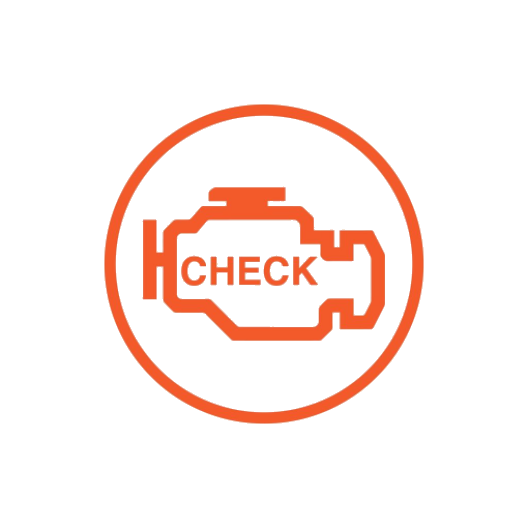 The check engine light could be related to a whole host of issues.
Low or old transmission fluid could easily be one of them.
The check engine light could be related to a whole host of issues.
Low or old transmission fluid could easily be one of them.
Wet Spots Under the Car
![]() If you see something dripping under your car when it has been
sitting idle and off, this could be transmission fluid. Checking the smell is
important. If it smells like gasoline, this is completely different, yet
dangerous problem. However, if you can’t smell it directly or it has a
different smell to it, it may be transmission fluid leaking. It is important
that this is only occurring when the car has been off for a while. Leakage
under the car is normal, as the car’s AC unit will drip excessive moisture from
the bottom of the car.
If you see something dripping under your car when it has been
sitting idle and off, this could be transmission fluid. Checking the smell is
important. If it smells like gasoline, this is completely different, yet
dangerous problem. However, if you can’t smell it directly or it has a
different smell to it, it may be transmission fluid leaking. It is important
that this is only occurring when the car has been off for a while. Leakage
under the car is normal, as the car’s AC unit will drip excessive moisture from
the bottom of the car.
Other Transmission Problems (Non-fluid Related)
No Forward or Reverse Gears
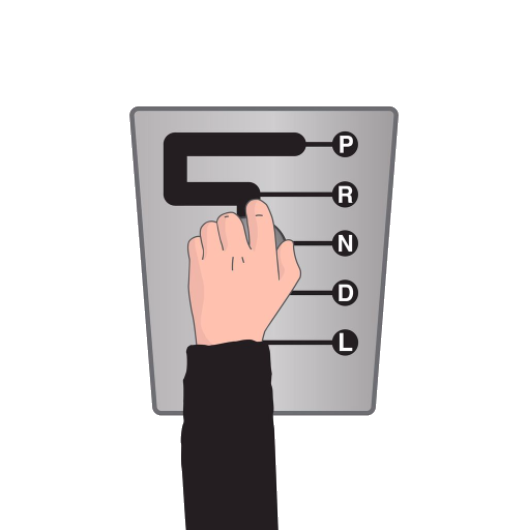 This can occur when the gears will only allow for reverse, or
alternatively, only allow for forward motion. There is likely a valve or
pressure issue.
This can occur when the gears will only allow for reverse, or
alternatively, only allow for forward motion. There is likely a valve or
pressure issue.
Bad Torque Converter
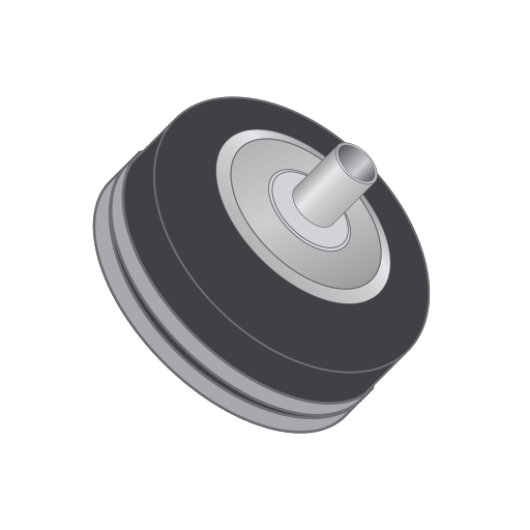
If the car is shaking and whining during start-up, has sluggish or delayed shifts, or the shifts are simply not occurring at all, there may be a bad torque converter. This means your gears are getting no power, and you may not be able to move the vehicle at all. A faulty torque converter can be extremely expensive to replace and could require a completely new transmission, something transmission troubleshooting can often help prevent.
What to Do If You Think There’s a Problem
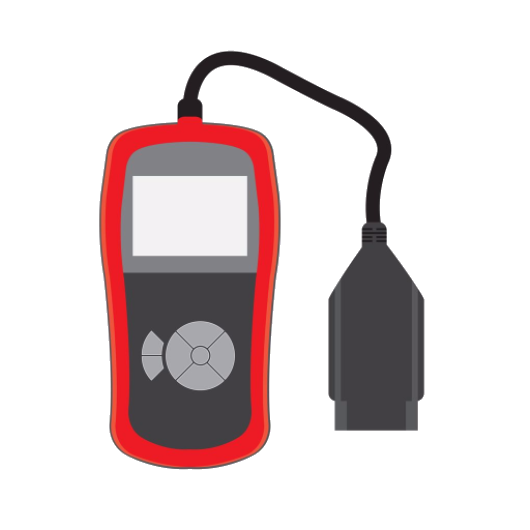
Transmission troubleshooting is easier than you think. If you think that there might be an issue, a transmission problems diagnosis is in order. A good scan tool and your vehicle’s manual will help you determine what problem exists with your car. Scanning tools hook into your vehicle’s computer port , which is often located in the front cabin on the driver’s side of the vehicle and under the dashboard. This tool was standardized in 1996, and most have OBD-II (On-Board Dash, II) in the name. This device gives code readouts that indicate certain problems that the on-board computer has identified. Depending on the car and the device, there are potentially hundreds of different codes that this device might give you. Devices such as the Autel AL319 Color OBDII/CAN Scan Tool give visual and audio feedback on any issues that the computer may have identified.
Using such a tool when transmission problems symptoms arise allow car owners to come prepared when getting their car serviced. If you believe there may be a problem with your transmission, there are certain questions you should be ready to ask your mechanic. These include:
- Whether he/she plans on using new or used parts when making the repair(s).
- Where replacement parts will be coming from.
- What warrant information can be provided.
- The cost of the repair(s).
- What parts of the transmission he/she intends to fix.
- How he/she will go about repairing the damaged parts.
- The length of time required for the repair.
Understanding what transmission problems you have can help avoid unnecessary fixes and unnecessary costs. A good scan tool can give you the needed data and information to have informative and helpful discussions with your mechanic.
Giveaway
JB Tools is giving away two sets of the Autel AL319 Color OBDII/CAN Scan Tool so that you can understand any transmission problems that may happen to your car. Giveaway ends 3/28. Click here to enter: https://www.jbtoolsales.com/autel-al319-giveaway/
Sources:
https://en.wikipedia.org/wiki/Automatic_transmission
https://en.wikipedia.org/wiki/Transmission_%28mechanics%29
http://superstitionmotors.com/repair-education/transmission-maintenance-and-service/
http://myautomatictransmission.com/what-can-go-wrong-with-an-automatic-transmission.htm
https://www.jbtoolsales.com/autel-al319-color-obdii-can-scan-tool
http://www.popularmechanics.com/cars/how-to/a3293/4267896
Related Reading:

